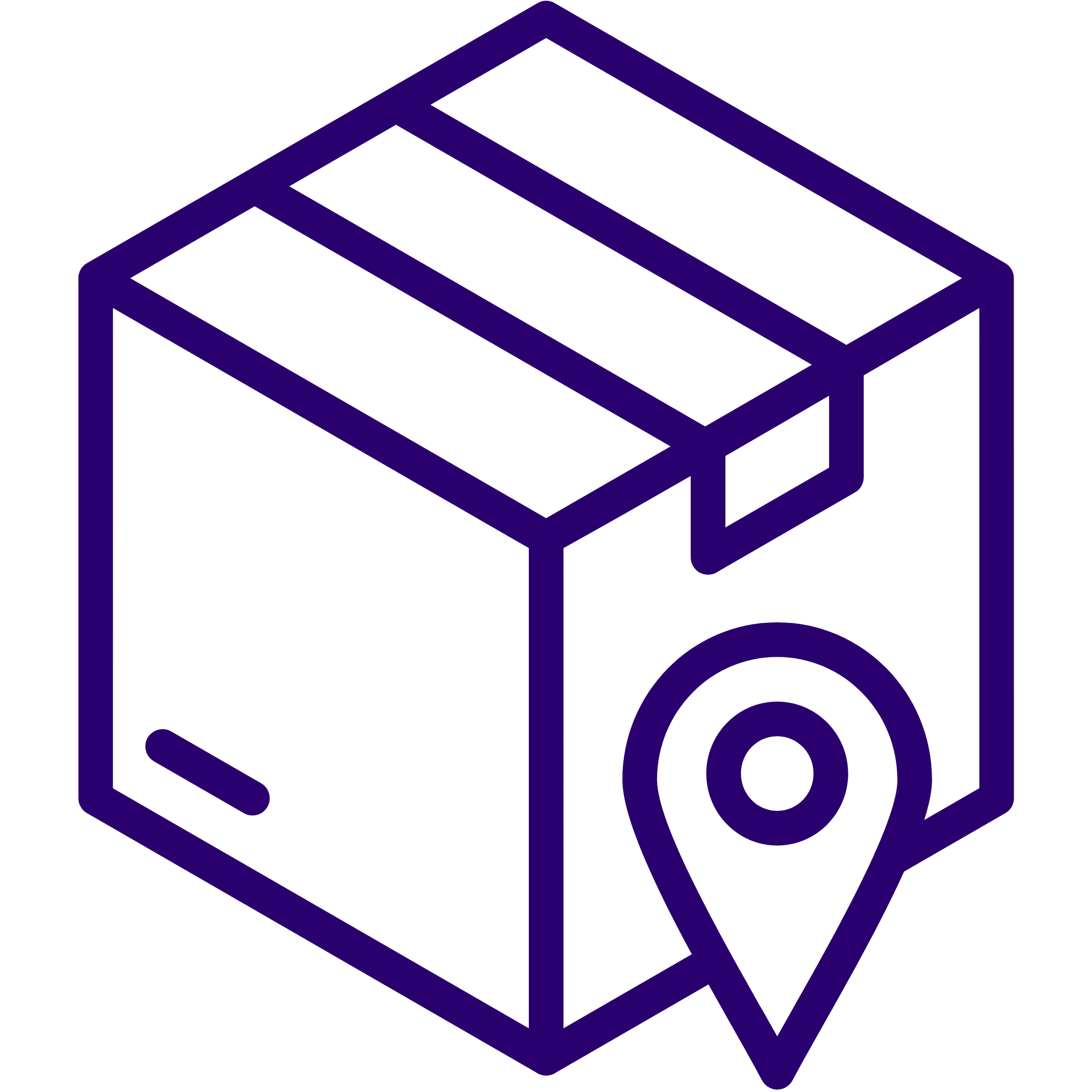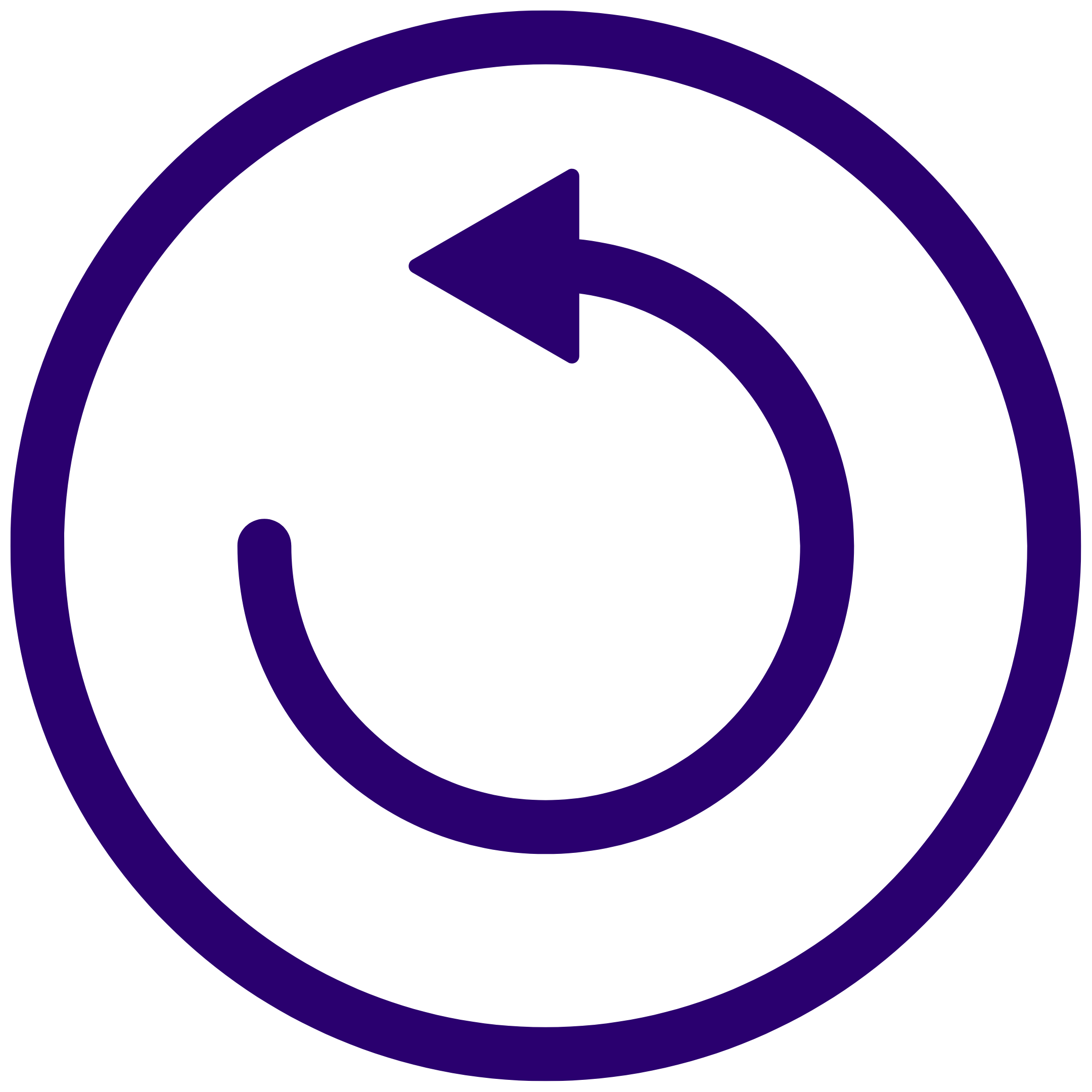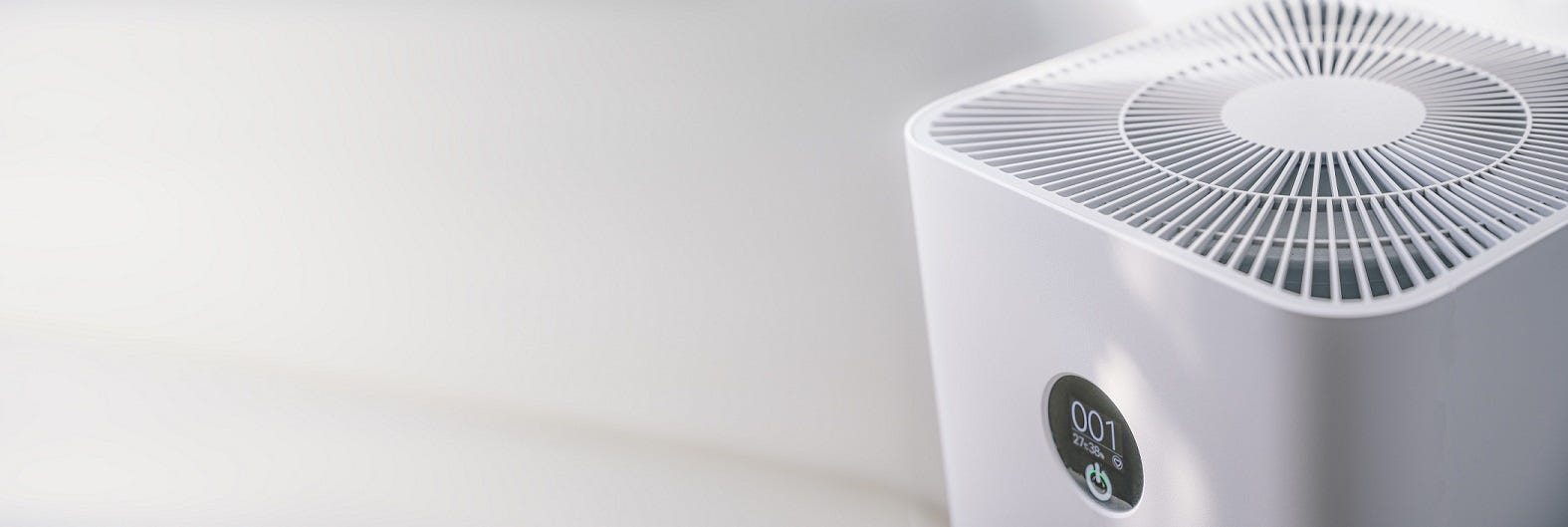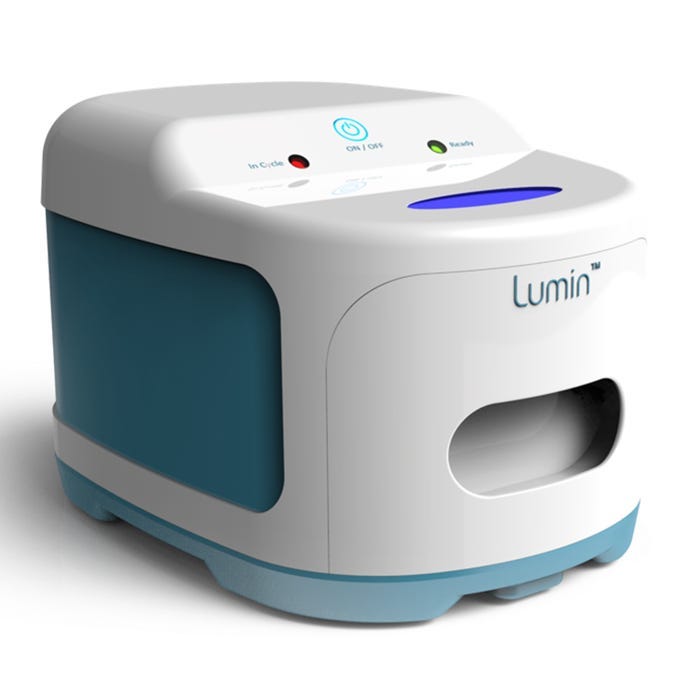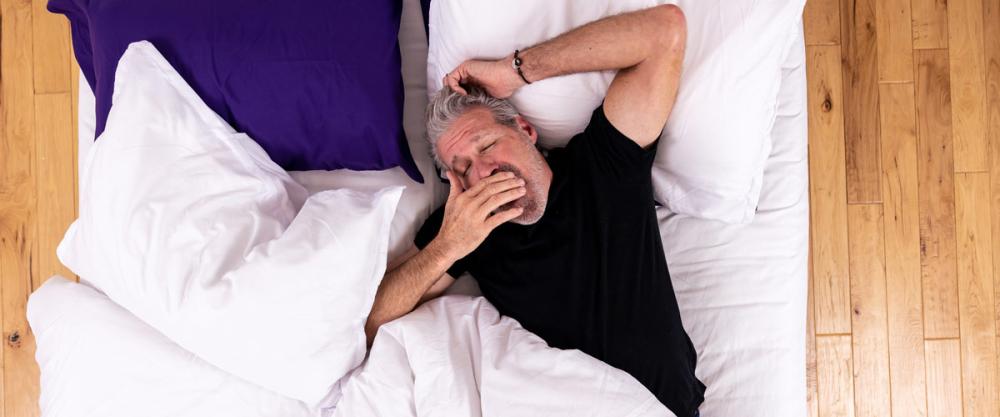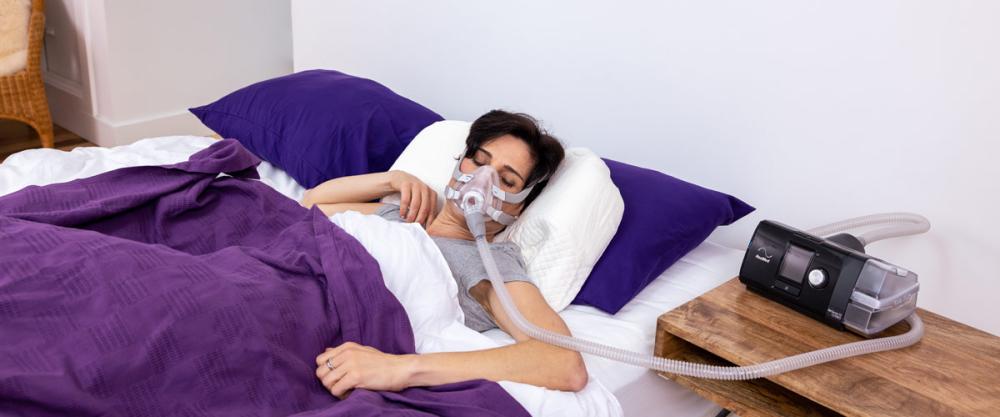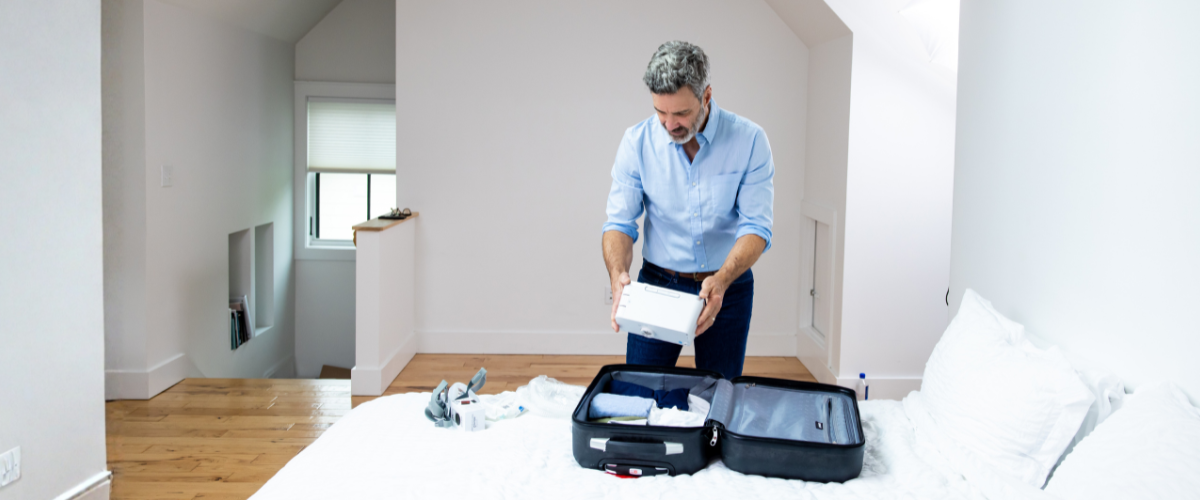Recently, healthcare device manufacturer Philips issued a voluntary recall of many of its CPAP machines, including the popular DreamStation line. The recall is in response to potential health risks related to the breakdown of a foam used to make CPAP machines quieter.
While the main cause for the breakdown appears to be exposure to environmental heat and humidity, the recall notes that it may be made worse by the use of “unapproved cleaning methods” such as ozone CPAP cleaning devices.
While the use of ozone isn’t recommended for cleaning your CPAP machine itself, an ozone CPAP cleaner that doesn’t connect to your CPAP machine can still safely and effectively be used for disinfection of your CPAP supplies.
- Can I Still Use My Ozone CPAP Cleaner?
- What Is Ozone?
- Are Ozone CPAP Cleaners Safe?
- Frequently Asked Questions About Ozone Cleaners
Can I Still Use My Ozone CPAP Cleaner?
When used as instructed, CPAP sanitizers using ozone gas can still be safely used to clean CPAP equipment, such as masks, tubing, headgear, nasal pillows, and humidifier water chambers.
It is not recommended to connect your CPAP cleaning device directly to your CPAP machine.
This may not be possible with certain CPAP cleaners that require your CPAP device to power the cleaning process. This style of sanitizer uses the airflow from your CPAP machine to distribute the ozone gas, and cannot be used separately. This may leave you and your machine vulnerable to the effects that ozone may have on CPAP machine components.
What Is Ozone?
Ozone is a naturally occurring molecule that’s also known as ‘activated oxygen.’ It occurs when three oxygen atoms become bonded together. Whereas the normal oxygen that we breathe is O2, activated oxygen is O3.
Ozone is extremely powerful at destroying germs, viruses, bacteria, and other pathogens. That’s why it’s commonly used in hospitals, clinics, and even restaurants to sanitize and disinfect equipment.
Are Ozone CPAP Cleaners Safe?
When used properly ozone CPAP cleaning machines are both safe and effective.
While the FDA is currently working with manufacturers to evaluate the effectiveness of ozone sanitizers, third-party laboratory testing has shown that ozone is 99.99% effective at destroying harmful microorganisms.
When used improperly, sanitizing doses of ozone may be harmful to human health, so it’s important to choose a cleaner designed to prevent exposure to unacceptable ozone levels. CPAP users should also take care to allow their equipment plenty of time to air out, so any residual ozone can become oxygen again.
Use your CPAP sanitizer in a well-ventilated room, and consider allowing your CPAP device to run for an hour (with your mask and tubing connected) to remove any lingering smell.
Frequently Asked Questions About Ozone CPAP Cleaners
Will My CPAP Cleaner Void My CPAP Machine Warranty?
It’s not recommended to connect your CPAP sanitizer to your CPAP device; however, you should refer to your CPAP machine’s manual and warranty information.
How Long Do I Need to Wait Before Using My CPAP Supplies After Sanitization?
Most manufacturers recommend waiting at least one hour before using your CPAP equipment, to ensure the ozone has had time to revert back into ordinary oxygen.
Can I Use an Ozone CPAP Sanitizer to Clean My Toothbrush or Other Equipment?
No. Ozone CPAP cleaners should only ever be used as instructed for cleaning CPAP supplies.
Can a CPAP Sanitizer Replace Regular Cleaning?
No. While CPAP cleaning machines are great at removing harmful germs and bacteria, they will not remove dust, sweat, or skin oils. This is true for both ozone cleaners and UV light CPAP cleaning devices.
To prevent the buildup of these byproducts, you should regularly clean your CPAP equipment with CPAP wipes or soap and warm water.
What Is a CPAP Machine?
CPAP therapy, or continuous positive airway pressure, is the most common non-invasive treatment for Obstructive Sleep Apnea (OSA).

